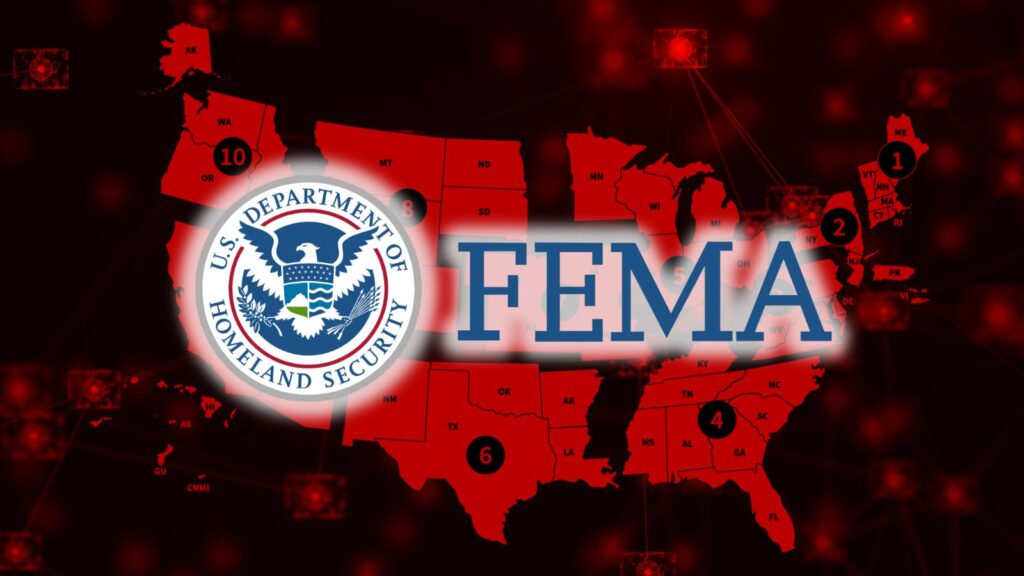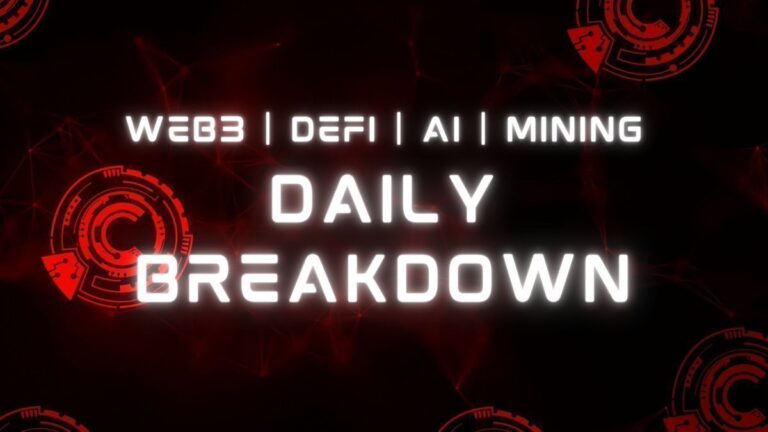
On October 4th, FEMA triggered a nationwide test, reaching out to numerous devices with a simple message: “THIS IS A TEST.” While this routine procedure aims to assess the efficiency of their systems, it inadvertently ignited various conspiracy theories and fears. Many took to social media, propagating claims about health risks or potential surveillance intentions behind the test. However, experts were quick to debunk these myths.
The Decentralization Imperative
The controversies surrounding the FEMA test highlight a broader issue: a centralized, non-transparent system is naturally prone to skepticism. But what if there was a way to mitigate such challenges? Enter blockchain technology.
Blockchain, known for its decentralized, peer-to-peer information transmission, stands as a beacon of hope. By leveraging this technology for emergency alerts, several benefits become evident:
- Resilience: Blockchain’s decentralized nature eliminates single points of failure.
- Transparency: All alerts are openly available on a public ledger, guaranteeing accountability.
- Privacy: Despite their transparency, messages retain anonymity, while ensuring genuine origins.
- Autonomy: The lack of a central authority means anyone can initiate alerts.
- Accuracy: The decentralized verification process authenticates alerts from numerous sources.
Beyond Alerts: Tackling Pandemics with Blockchain
The lessons from COVID-19 further underscore the importance of decentralization. The pandemic response was plagued by opaque supply chains, fragmented data, and centralized system failures. Blockchain could have enhanced the response strategy through:
- Contact Tracing: A seamless and anonymous sharing of infection data across regions.
- Medical Supplies: Transparent supply chain tracking from sourcing to delivery.
- Fraud Prevention: Validating genuine testing facilities and vaccine providers.
- Research Sharing: Facilitating secure and rapid dissemination of research insights.
Paving the Path to Decentralization
While blockchain promises much, realizing its full potential is no small feat. A concerted effort involving setting interoperability standards, developing user-friendly tools, investing in education, and creating incentivization strategies is vital.
The Decentralized Future Beckons
The early advocates of decentralized systems, the cypherpunks, envisioned a world resistant to fragility. With the advent of blockchain, this vision is inching closer to reality. Its multifaceted incentives hint at an impending transformation across sectors. However, this dream will only materialize through relentless advocacy, learning, and development.
In essence, while the path to decentralization may be intricate, the end goal is luminous: resilient, people-driven systems anchored on the immutable principles of blockchain.




